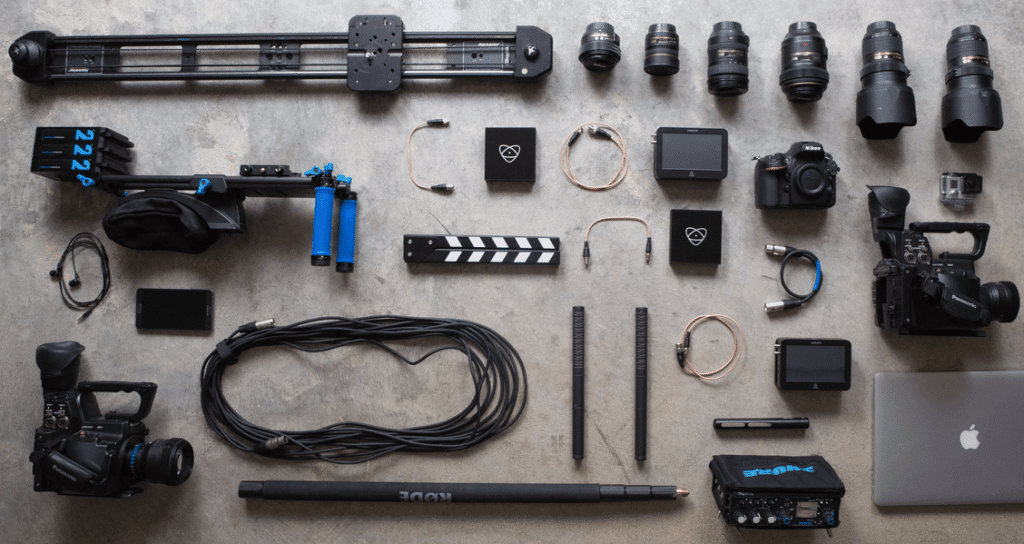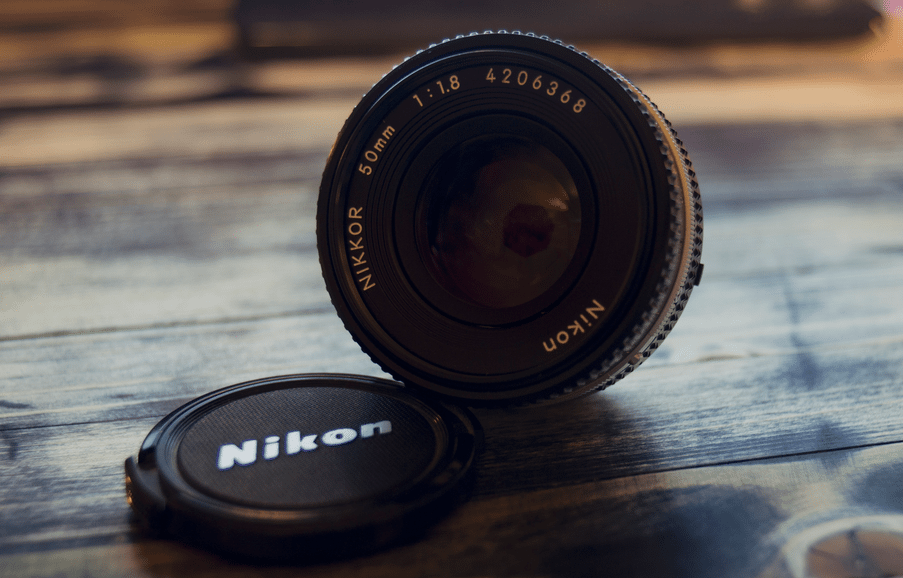A while back we contributed an article on the importance of video in a painting company’s marketing strategy. Video is rapidly expanding on all social media platforms and our recent efforts to up our video marketing game have shown great promise. As a result of our last article, we know some companies are interested in trying video but they’re not really sure where to start. The purpose of this article is to talk about the equipment that we at New Life Painting use and tips for success.
Equipment Essentials
If you want to make professional video, you’ll need to have professional equipment. Here’s a look at what we use, but regardless of what specific equipment you end up buying, be sure to focus on each category listed to make sure you have all the equipment you need.
Camera
You’ll need a camera that captures amazing photos and video. We chose the Nikon D5200 because of its features, such as solid HD video at 30 frames per second. These features were balanced by an affordable price (around $599 on Amazon) and tons of impressive reviews.
Lens
Another key to effective video is zoom quality, and for that you’ll need to get a special lens in addition to the camera you purchase. We chose a Sigma 24-70mm f/2.4 zoom lens, which works with our Nikon and was priced at $699 on Amazon. The lens allows you to focus on your subject matter and blur the backgrounds, a feature that adds a professional element to video.
B-Roll
B-roll is secondary footage that makes your video more interesting. Without b-roll you basically just have a talking head, but with b-roll you can cut to additional video footage or still photographs that demonstrate what you are discussing. B-roll also gives you more flexibility with editing, allowing you to combine your a-roll footage with the b-roll footage to tell an engaging story.
For b-roll we use a GoPro, because we simultaneously shoot a- and b-roll footage. If your b-roll footage is separate you can use your main camera or even the camera on your phone.
Audio
Audio is important because poor sound will result in lost views. Also, if the video comes out terrible, you can still salvage the audio and create an audio post instead of a video. For professional quality sound we purchased the Shure Pro Lavalier Lapel Mic ($29.99 on Amazon) which produces clear sound without echoes.
Lighting
Lighting determines the quality of your video, often times even more so than the camera that you use. We use the LimoStudio 700W soft boxes, available on Amazon for $69.99. They feature adjustable heights & angles and have a bag for storage. This lighting will make your face look more natural and help with shadows.
Editing Software
Finally you’ll have to choose an editing software that will help you piece together all your footage to create a professional end product. If you have an Apple device you can use the iMovie video editor for free, which is very user-friendly for the novice. I have a little background in video editing, so I use the Final Cut Pro app ($299 from the App Store), which has more advanced features.
Distributing Content
Now that you have all the equipment to create a professional video, it’s time to distribute and let the marketing magic work. Your main option is YouTube, but there are other platforms as well, including:
- Vimeo – A video sharing platform similar to YouTube that gets about 170 million viewers per month.
- Periscope – An app that lets you create your own live broadcasts where viewers can interact, then the video can be saved for publishing and sharing on other sites later on.
- Meerkat – An app that integrates with Twitter, allowing you to stream live video or schedule videos for the future.
- Blab.im – A platform that combines features of Google Hangouts with Periscope to offer live interviews, talk shows, hangouts, debates, discussions and workshops.
In addition to these latest video social media networks, you can also distribute your video content on traditional social media sites (Facebook, Google+, LinkedIn, Twitter, etc.) and you can use your video content within blog posts.
Video is an open frontier right now, with limitless potential and countless options. Gather your video equipment and give it a shot. Painters have the opportunity to be on the leading edge of this trend.
Are you currently using video for your painting business? If so, let me know in the comments below.



